Table of Contents
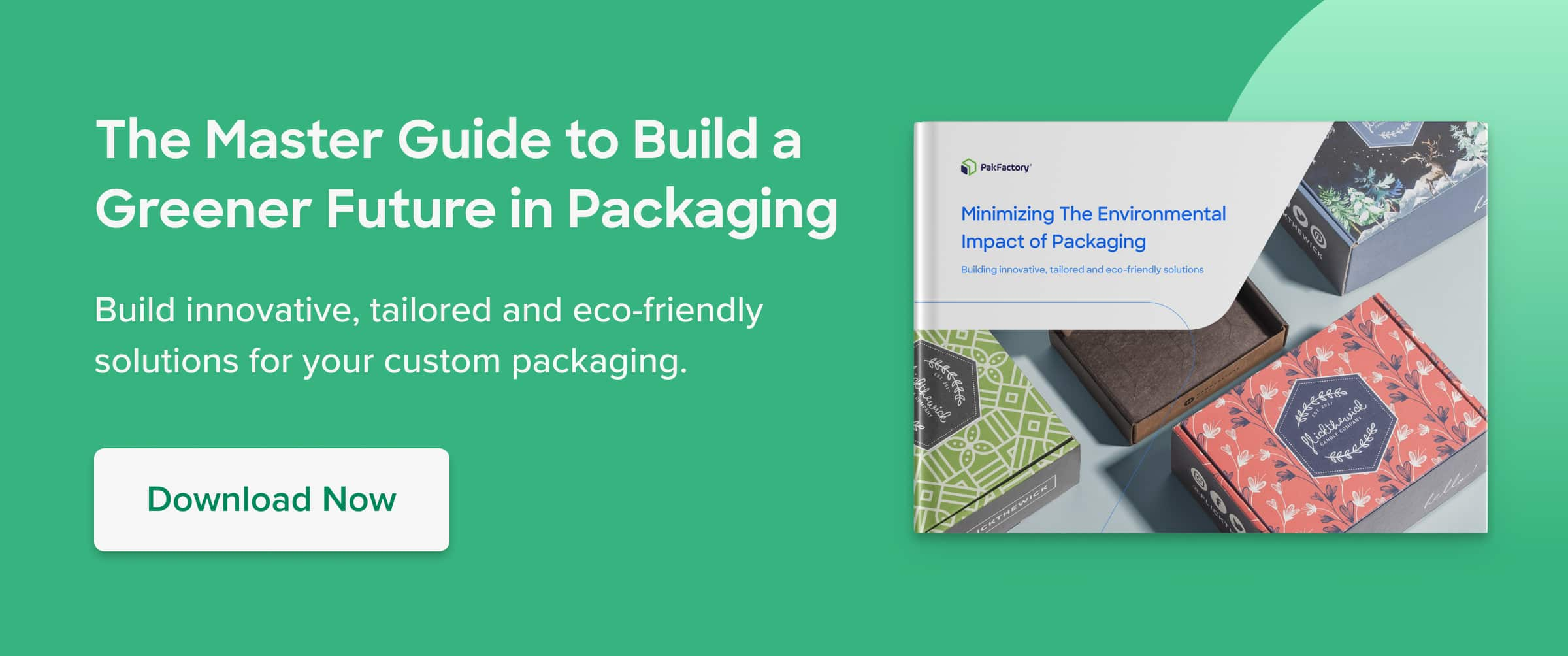
We’re diving deeper into all things sustainable!
As we continue to see the effects of climate change, it’s important to alleviate the impact of our lifestyles on the planet and seek out sustainable solutions where possible.
Luckily, when it comes to packaging, customers and consumers are increasingly demanding more sustainable options, and there are now a variety of options out there depending on what is inside your package.
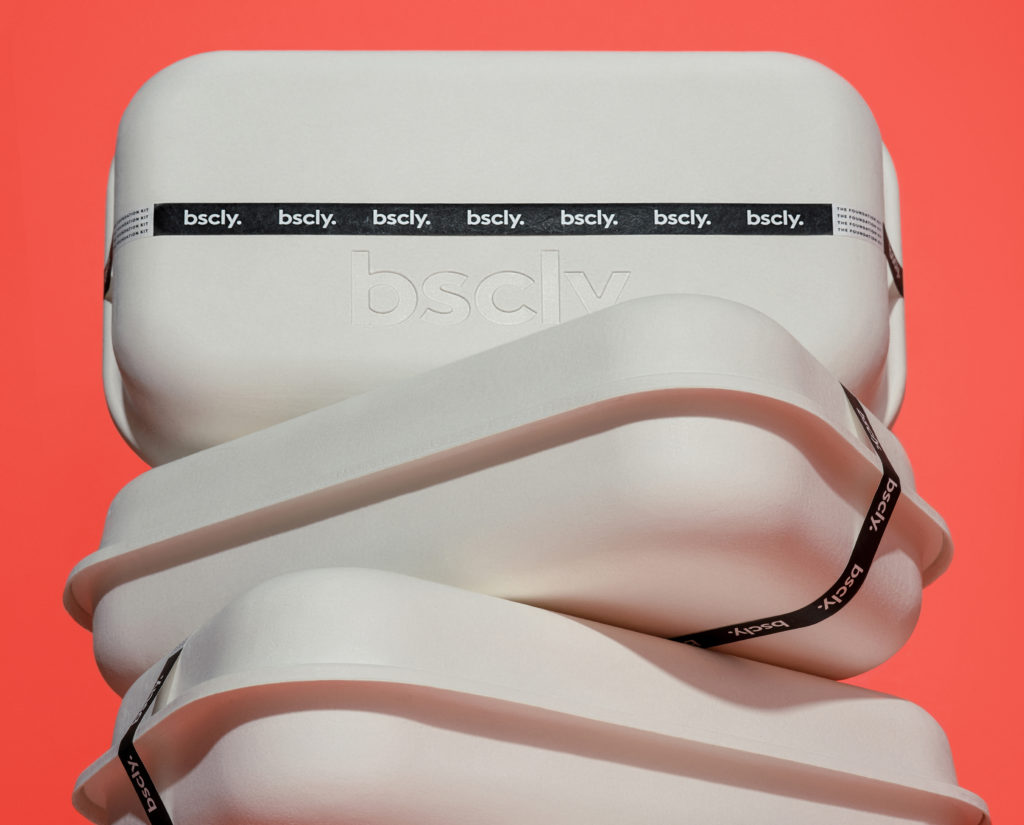
In this post, we’ll look at what sustainable packaging is, what materials are used for sustainable packaging, some of the issues and benefits around opting for sustainable packaging.
Furthermore, we’ll look at different strategies and options that some of the world’s leading brands are pursuing.
What is Sustainability?
Sustainability revolves around the initiative to maintain an ecological balance and avoid depleting the world’s natural resources.
Not only will you be taking steps towards creating a better environment, but you are ensuring that your brand aligns with customer expectations.
Either way, packaging has been given a new life through recycling or reusing. By undergoing a life-cycle assessment for each type of sustainable packaging material, you can see how your packaging stacks up.
What is the physical cost of creating the product, and how will it impact the environment?
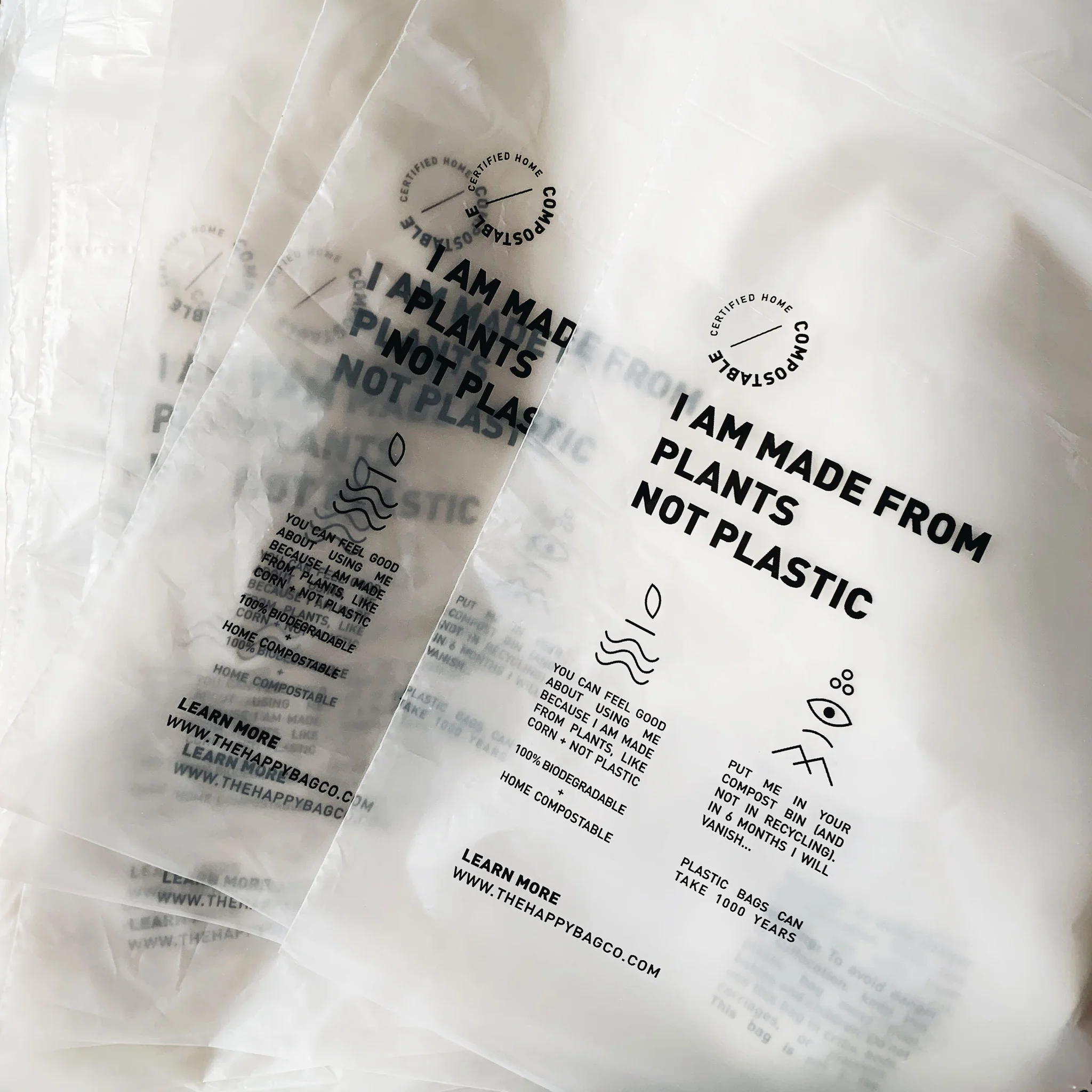
Packaging options such as plastic and styrofoam are often unable to be recycled or reused and leads to landfill wastage. The resources used to create this type of packaging emit greenhouse gases, damaging the Earth’s natural resources.
As put together by the Sustainable Packaging Coalition (SPC), the criteria for sustainable packaging include points such as;
- Packaging should be made from renewable or recycled source material.
- Should be manufactured using renewable energy and/or clean production technologies.
But why has sustainable packaging become a larger part of the conversation?
Why is Sustainability Important?
Sustainability is important for a variety of reasons.
Climate impacts aside, sustainability has become a major focus for consumers.
As customers align themselves with eco-friendly behaviors, the same is expected by brands and companies. Surveys show that:
- 37% of U.S. consumers prioritize sustainability when making buying decisions.
- 30% of consumers are willing to pay a premium for products that deliver on sustainability claims
In particular, Millennials are a demographic that expect to see social and environmental responsibility from brands, and a large part of this is reducing packaging waste and opting for eco-friendly sustainable packaging material options overall.
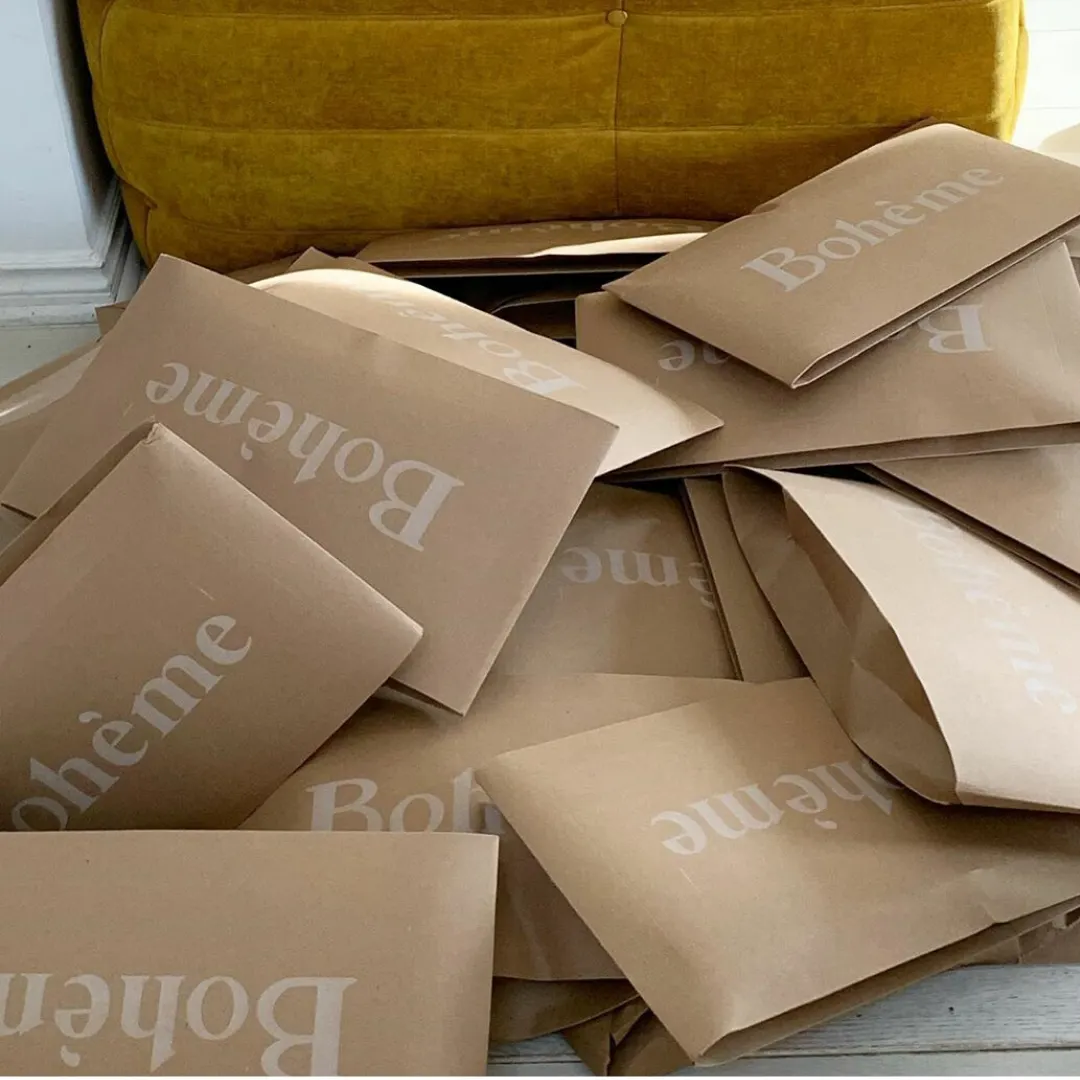
It’s clear that there is a demand for sustainability, and companies that accomplish that tend to be successful.
The increasing eco-consciousness of consumers has led sustainable packaging materials to become a priority for businesses.
Not only will you be taking steps towards creating a better environment, but you ensuring that your brand aligns with customer expectations.
Some issues surrounding sustainable packaging need to be considered before exploring the benefits of sustainable boxes.
Sustainable Packaging Issues
Sustainable packaging comes with its own issues.
Some are easily mitigated, and some need to be kept in mind from a branding perspective.
Using sustainable packaging materials is a significant step. However, you need to look at your overall packaging materials and how the product is being shipped and advertised to ensure a well rounded sustainable initiative.
Excessive Packaging
Wastage is a very crucial point to consider in the context of sustainability.
Waste, even if eco-friendly, is still waste.
The first thing to consider when you’re thinking about making your packaging more eco-friendly is the amount of material being used in the first place.
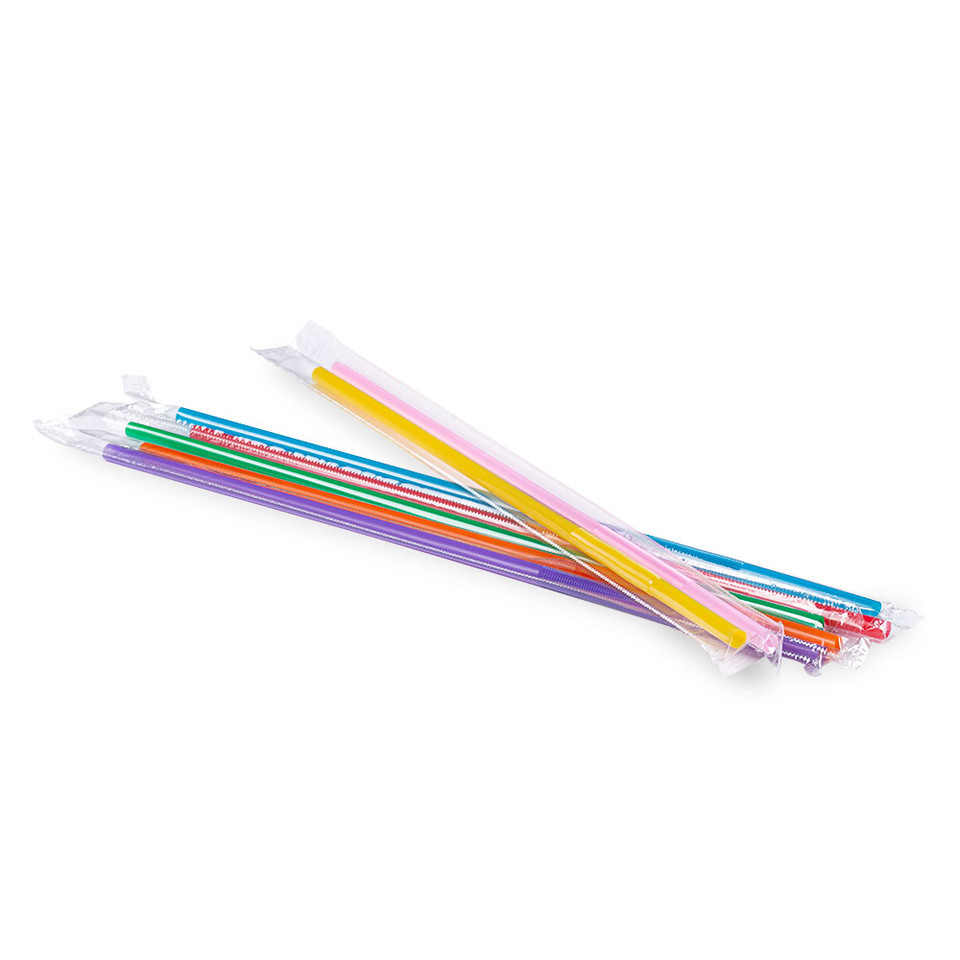
Whether it’s sustainable food packaging or sustainable cosmetics packaging, there are likely other materials that go inside the package for cushioning and protection that may counteract your sustainable initiative.
How much of those materials are necessary, and what could be removed without potential risk of damage?
Are there any restrictions or regulations surrounding your product packaging?
Businesses can’t avoid some of it.
Cushioning or protection for transported items or using non-recycled plastic instead of more sustainable packaging materials can’t currently be completely avoided.
These items are there for a good reason and ensure your products remain safe and sound for your customers.
However, reducing the amount of these products and stripping down to the bare necessities is already taking a step towards a more sustainable approach to packaging.
Non-biodegradable, Non-recyclable Materials
Finding sustainable packaging materials that are water and tear-resistant can be challenging. This leaves businesses questioning what approach would work best for their products to ensure they are delivered to their customers.
It can be difficult to find water and tear-resistant material that is not plastic.
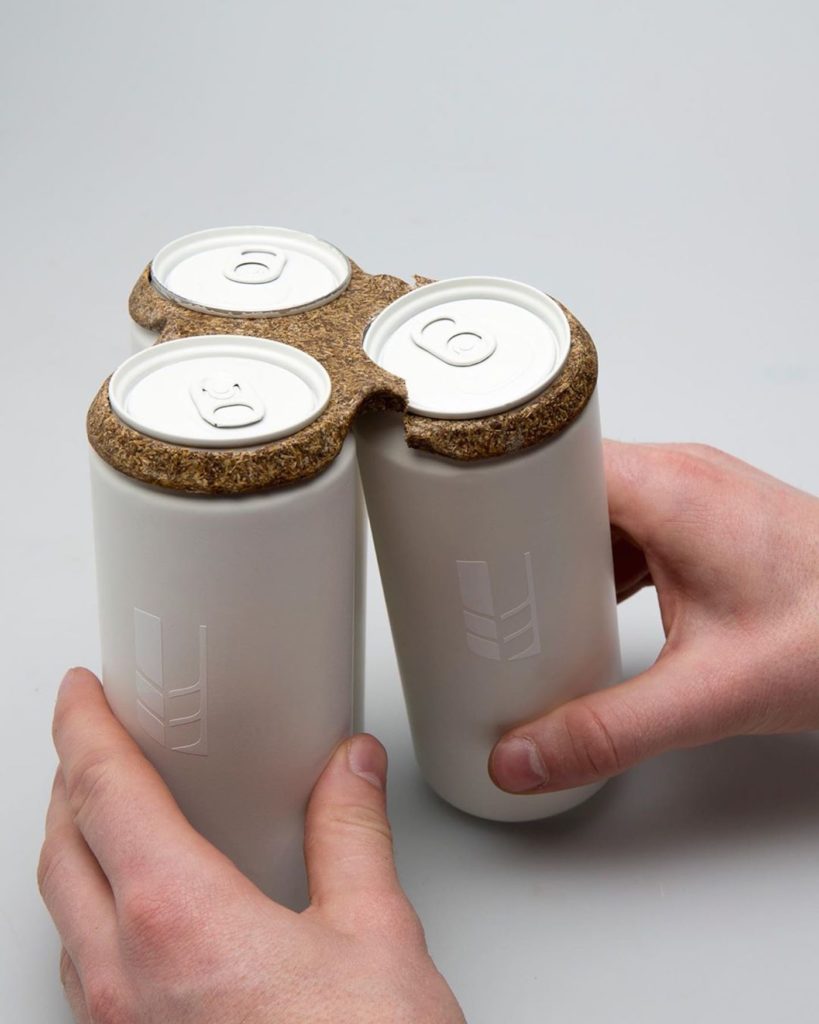
Even recycled plastic comes with its obstacles, such as the use of fossil fuels during recycling, and well, the problem just increases.
This is why it’s imperative to look at biodegradable options, and we’ll look at some of the sustainable alternatives to these materials a little later in this post.
Greenwashing
This isn’t necessarily a popular term, but it’s a vital one to consider.
This is essentially a form of false advertising where packaging is not as sustainable as it is advertised to be.
Sustainability claims may be exaggerated to garner more attention amongst the emerging trend of sustainable shopping.
For example, it’s not always easy to distinguish between non-biodegradable and biodegradable plastics.
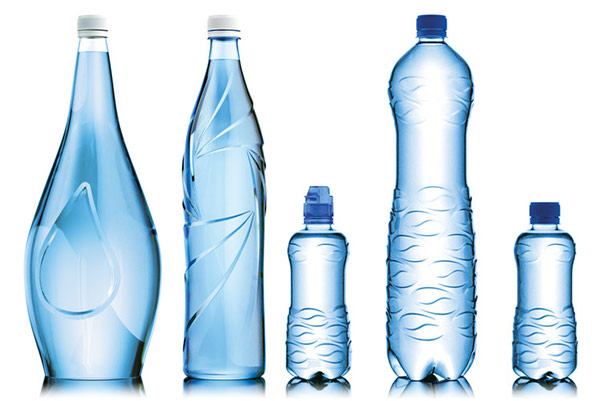
It’s very common to advertise plastic packaging as biodegradable when it isn’t, because who can really tell the difference anyway?
Furthermore, even if plastic packaging is actually biodegradable, the discussion of micro plastic becomes prominent.
Biodegradable plastics break down naturally, which is why it is advertised as ‘sustainable’. However, they still pose similar threats to the environment as plastics currently are.
While this is a fairly new discovery with regards to biodegradable plastics, eco-conscious shoppers have given this issue recognition and have contributed to shaping our widespread understanding of how bioplastics impact our environment.
This discovery, in turn, has made an impact on business’ considerations with regards to their packaging options.
Sustainability and Shipping
Even when you’ve chosen the most sustainable packaging possible, you still need to consider how the products will be delivered to your customers.
With most standard shipping options, a significant carbon footprint comes with it, especially if products need to go longer distances.
This can make your overall packaging and branding less sustainable, so it’s crucial to think about ways you can offset the carbon footprint created or if you can switch to carbon-neutral options at the very least.
For instance, if you can opt for ground or sea transport as opposed to air freight, this may be a better option when considering your sustainability initiatives.

Air freight has far higher negative environmental impacts, including greenhouse gas emissions, than other modes of transport.
So, if you’re going for an eco-friendly strategy for your products and packaging make sure to factor in your shipping methods too!
Sustainable Packaging Solutions
There are many sustainable packaging solutions currently available, and you can expect more innovation in this field with the growth of eco-conscious shoppers.
Sustainability has become a norm in today’s society in many aspects of our lives. Packaging is no exception in this matter.
Many brands are now opting for more sustainable packaging solutions to serve their customer’s needs as well as build a strong brand narrative.
Opt for paper over plastic
One of the main recommendations for going sustainable quickly?
Eliminate plastic from your packaging where possible and opt for paper.
Paper is a renewable resource and is biodegradable, making it the better option.
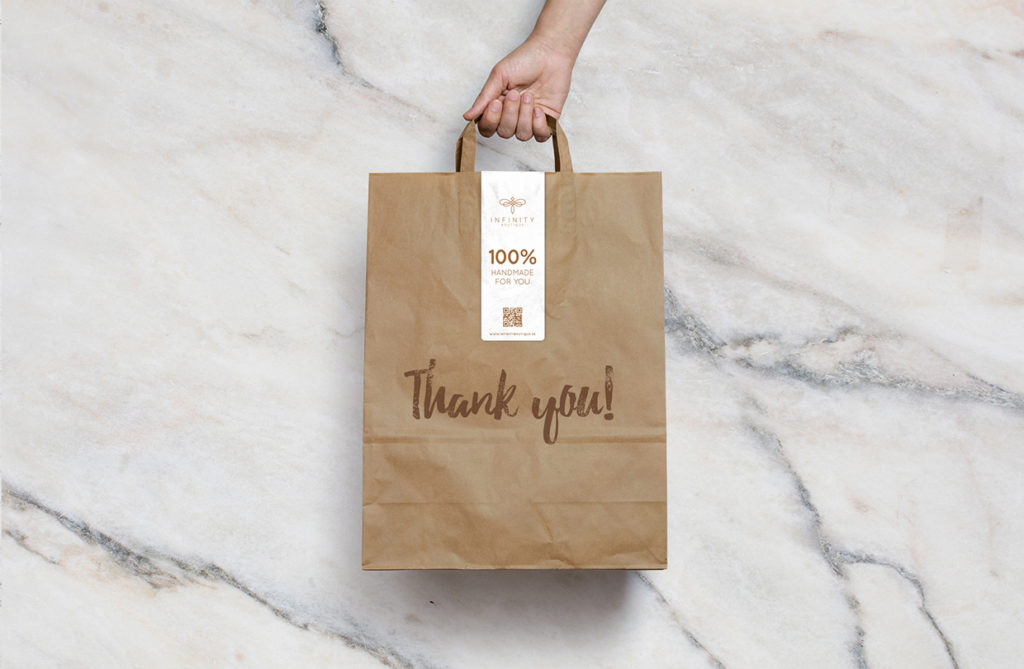
Even when it comes to selecting paper packaging, it’s crucial to opt for Forest Stewardship Council (FSC)-certified paper, which is only given to paper derived from responsibly sourced wood fiber.
The other thing to look out for with paper packaging options is the paper grade. Opting for unbleached kraft paper ensures your packaging solutions remain sustainable and offers your product the support and durability it needs for protection.
Safe, Non-Toxic Dyes
Your product packaging will likely have many different elements such as typography, artwork design, and other printed material for brand differentiation.
To ensure sustainability, it’s best to go for safe, water based dyes for your design elements. Avoid bleach and chemical dyes where possible to maintain the recyclability of your packaging materials.
Recyclable and compostable packaging
It’s often challenging to create sustainable products all the way from your packaging to your merchandise especially when considering the safety and shipping methods.
A good compromise is to opt for recyclable packaging. The packaging can still find new life after being produced and sold.
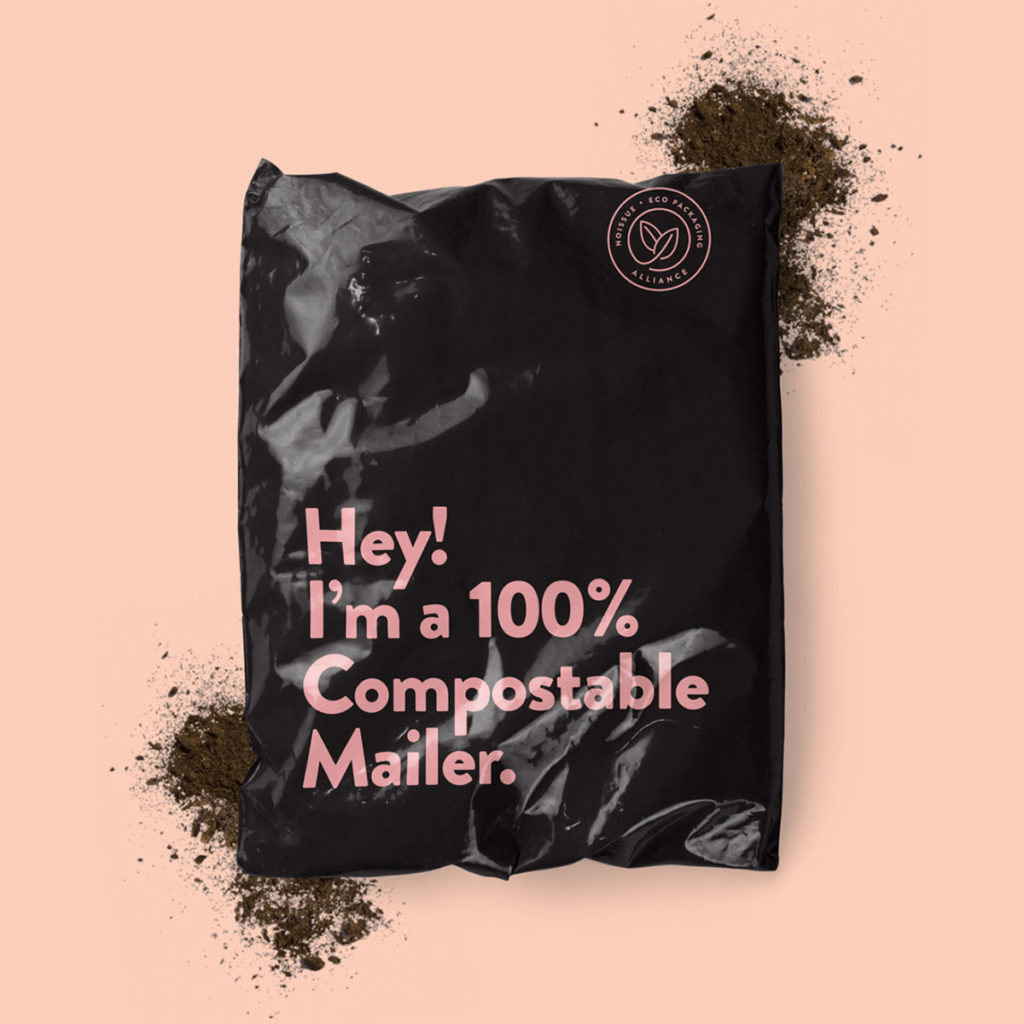
Furthermore, recyclable packaging includes boxes that can be used for other purposes after purchase.
For example; customers are less likely to dispose of custom premium packaging because it seems valuable and of great quality. Therefore, they end up using them for storing items, transforming it into a homeware item.
Similarly, compostable packaging is another sustainable packaging solution since it can be broken down and composted back into the Earth.
This means disposing of compostable packaging is easy and in turn beneficial for the environment as you are giving back to the earth.
Ready to pick your sustainable packaging materials? These are some of our top choices.
Types of Sustainable Packaging
Luckily, sustainable packaging is steadily improving, and the options are growing.
We’re seeing a whole future of sustainable packing evolve right in front of us, and it’s incredible to see what’s being done.
These are some of the best choices currently out there, whether you’re looking to take a leap towards sustainability as a business, or just want to know what to look out for at your local store.
Corrugated Cardboard and Kraft Folding Carton
If you’re looking for recyclable packaging with little impact on the environment, corrugated cardboard and kraft folding carton are the most commonly recognized sustainable packaging solutions.
These types of sustainable boxes are generally made from a mixture of recycled materials and sustainable forestry-derived material.
This makes it a great sustainable option that most people recognize as eco-friendly already.
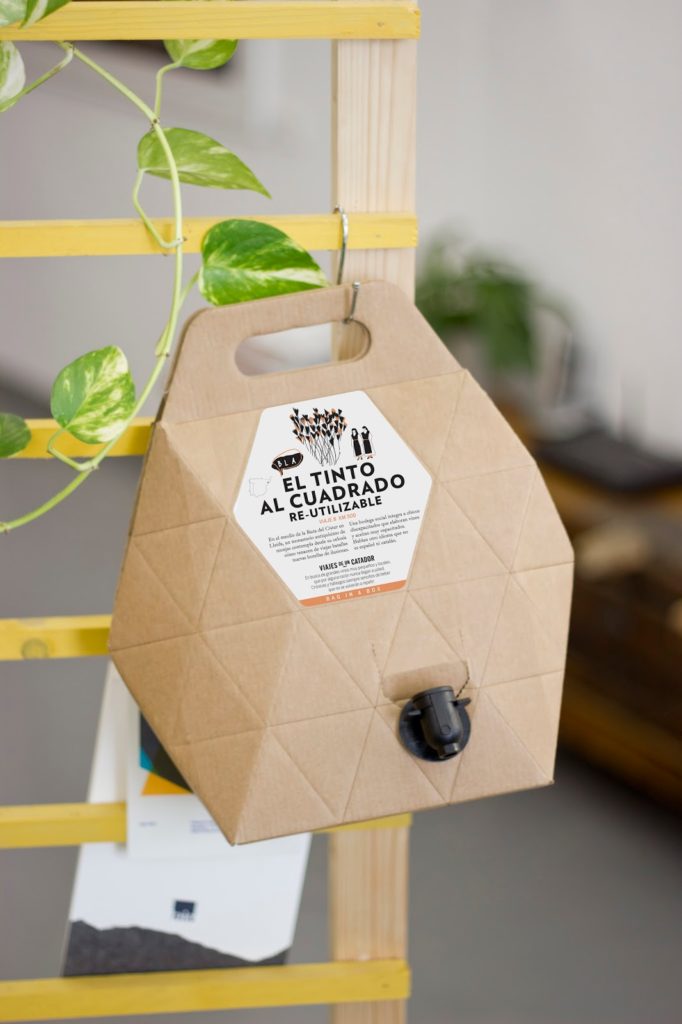
Because these materials are made from unbleached paper, they are biodegradable and actually offer versatile printing and finishing capabilities, giving you the opportunity to follow a sustainable initiative in style!
Packing Paper
As we’ve discussed earlier, it’s not just about what the sustainable box is made of.
It’s also about what goes inside the package.
Packing paper is one of the most common options used to protect products inside from damage, and luckily it’s eco-friendly as well!
Whether you need to wrap delicate objects or add stuffing, paper packaging is both recyclable and compostable.
Packing paper is made from kraft paper, as we now know is eco-friendly as is, as long as the packing paper isn’t bleached, you basically have the green light to use it for your sustainable initiatives.
Reusable Packaging
Reusable packaging is generally viewed as an incredibly eco-friendly option for sustainable packaging if businesses can integrate it with their products.
It’s been seen most often as a suitable food packaging option such as glass milk bottles, kegs, pallets, etc.
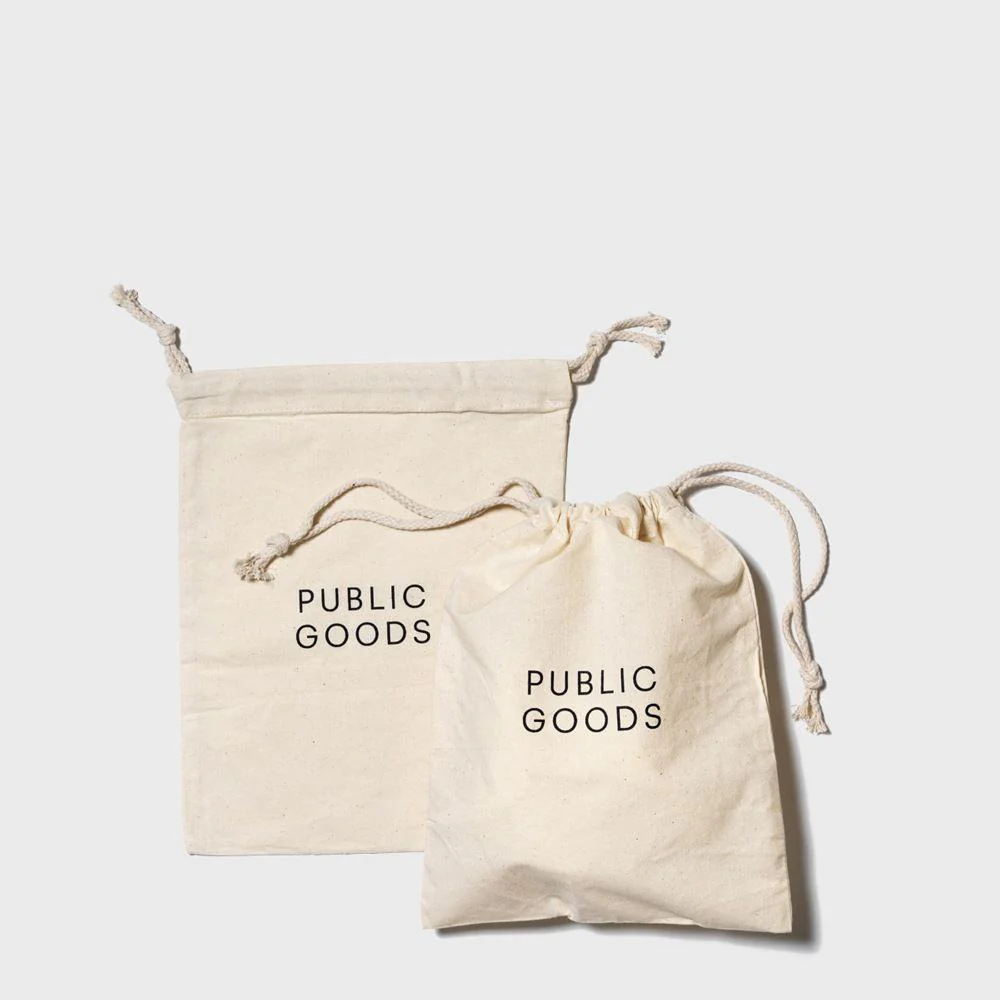
Used in both a shipping context and by small, local businesses, there is much scope for this kind of packaging.
One of the best examples of reusable packaging is reusable tote bags and premium packaging because they can be used for many purposes beyond just product packaging.
Reusable Plastic Totes
Although not a packaging option for every business, reusable plastic totes can be used for transportation and added to packaging for customers to use for easy returns.
Community Supported Agriculture programs use plastic totes for this purpose and have seen immense success in their initiatives.
Plastic totes can be an alternative to cardboard boxes that are good for the environment in some ways because they can lead a longer life being reused rather than recycled.
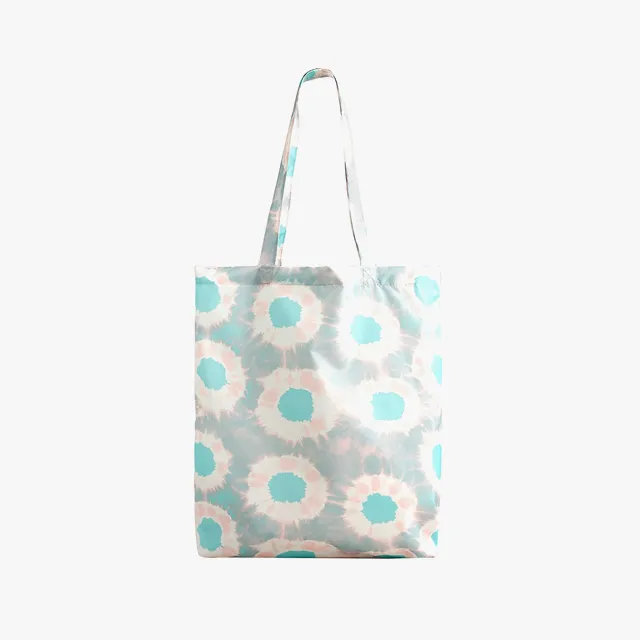
The apparel industry benefits from reusable plastic totes the most, especially with the take over of e-commerce during the pandemic.
Reusable plastic totes offer easy return processes for customers making online shopping easier than ever, and most of all, sustainable!
Plant-based Packaging
There are many plant-based sustainable packaging materials emerging that bode well for the future of sustainable packaging.
Although somewhat new to the market, plant based packaging is starting to make its mark on the packaging industry.
Let’s explore some examples that we may be seeing more of in the future!
Mushroom Packaging
This is still a developing option in the sustainable packaging material, so expect to see more research and development go into this type of packaging.
Mushroom packaging uses the mycelium, the mushroom’s root system, which turns into a mold. It’s then baked to form a protective cushioning for packaging.
Mushroom packaging is an excellent example of repurposing agricultural waste by using natural materials like mushrooms to give it a new life and create compostable packaging.

It’s an exciting option that can replace many environmentally damaging packaging materials, such as polystyrene packaging, and shows a lot of promise.
Large brands like Ikea are currently working on incorporating mushroom packaging into their supply chain in an effort to use more sustainable packaging materials for their products.
Cornstarch Packaging
Another organic, sustainable packaging material, cornstarch packaging, is fast becoming a popular choice for those seeking sustainable box material or sustainable food packaging!
Derived from maize plants, cornstarch packaging is more like plastic, making it a great alternative when extra protection is needed to secure products inside the packaging.
It’s also easy to mold into different forms, making cornstarch packaging an extremely versatile type of sustainable packaging.
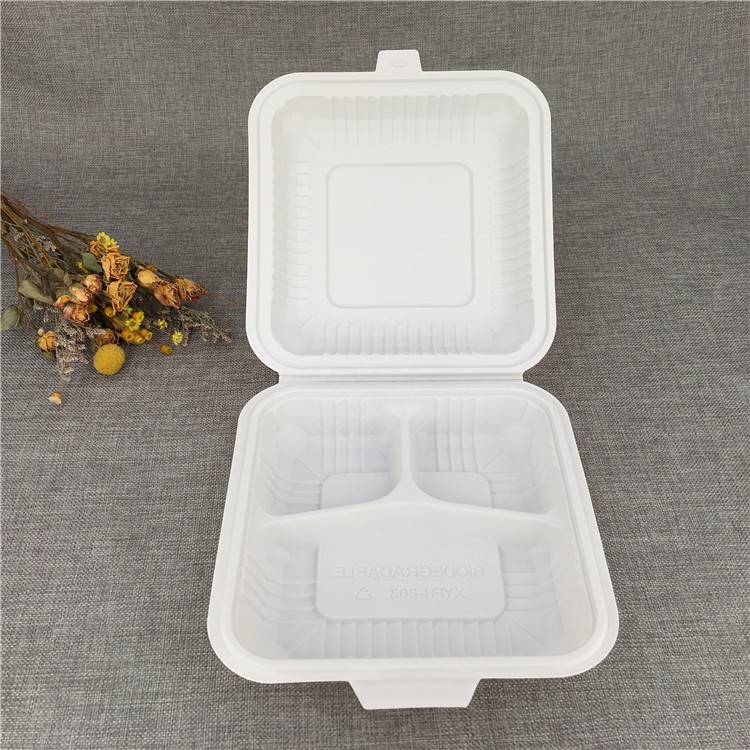
We’re seeing more use of cornstarch packaging in the restaurant industry with take out containers.
It’s a great way to incorporate sustainability with a user friendly experience for your products!
Seaweed Packaging
Seaweed packaging is also an emerging sustainable packaging material that can be used in a variety of ways.
Seaweed packaging doesn’t use the seaweed itself, the packaging is formed from agar, the gelatinous substance found in both seaweed and algae.
It’s now prototyped as a form of packaging, so keep your eyes out for more packaging made from this plentiful substance!
Plantable Packaging
Plantable packaging is one of the most creative types of sustainable packaging out there because it allows your customers to feel like they are part of a larger environmental initiative.
As you might have already guessed, plantable packaging is a kind of packaging that has seeds embedded into it. After it’s used, customers can plant the packaging and watch it grow.
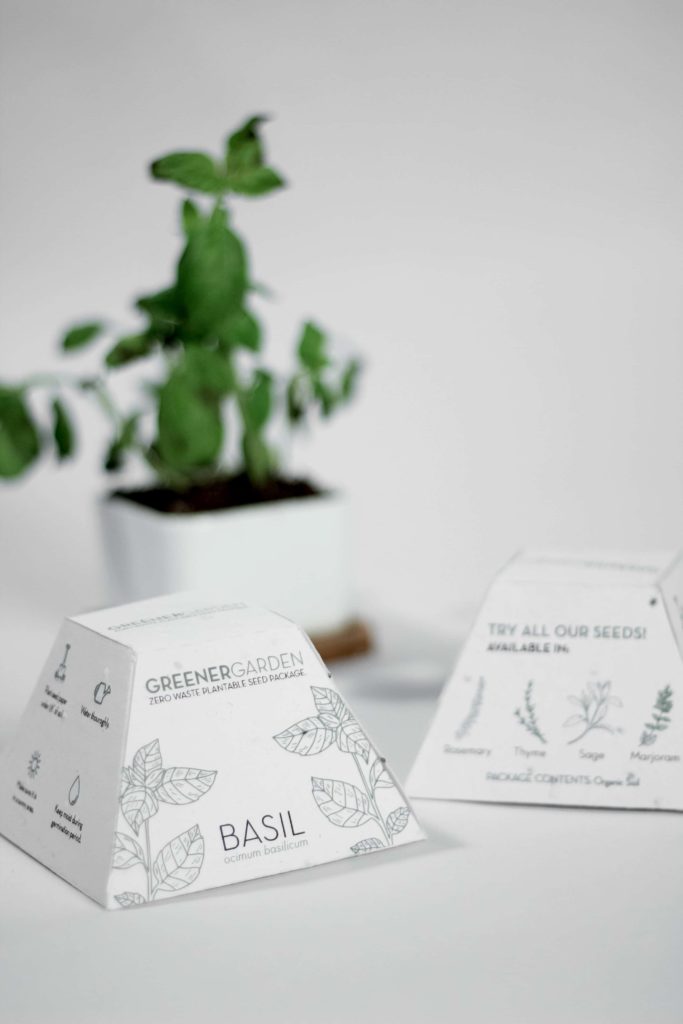
It works best for lightweight items such as cosmetics and jewelry and makes for beautiful packaging that has a more profound message and a life beyond the unboxing experience.
Edible Packaging
A delicious yet functional option, edible packaging is derived from plant-based sources, but it’s good enough to eat!
It’s one of the best options available for sustainable food packaging because it’s a unique, sustainable material that surprises yet delights customers!
Edible packaging uses materials extracted from algae, natural sweeteners, and natural dyes from fruit and vegetable skin to create colorful and edible food packaging as a potential replacement for plastic in the restaurant industry!
Dissolvable Packaging
Another emerging sustainable packaging option is dissolvable packaging, with the most promising example being water-soluble packaging.
Again, this is being developed as a potential replacement for plastic.
We’ve already seen the normalization of this type of packaging with laundry pods and dishwasher pods. Not only is it eradicating single use plastic wrappers, but it makes for a more convenient customer experience!
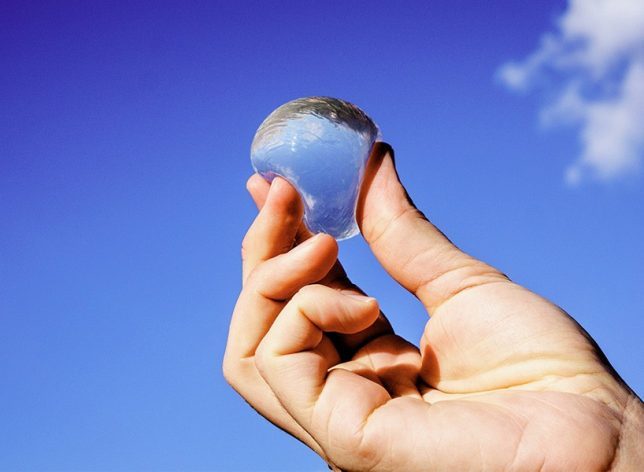
Beyond the cleaning products industry, Dissolvable packaging also consists of compostable shopping bags, garment bags, and laundry bags that dissolve in hot water and offer similar benefits as single-use plastic.
With this being a fairly new innovation, seeing this hit the markets will add exciting elements to your packaging that will keep your customers engaged!
Compostable Mailers and Packaging Peanuts
For smaller items where a sustainable box might not work, compostable mailers are a great alternative.
These are usually made from renewable plant materials such as corn husks and straw, while some mailers are made from recycled paper products.
Either way, compostable mailers are a great sustainable packaging alternative for smaller or less fragile items since they are bio degradable and can be composted.
Another packaging material that now has a sustainable alternative? Compostable packing peanuts. Like compostable mailers, compostable packaging peanuts are made from renewable plant sources such as grain sorghum and corn starch.
Unlike their polystyrene counterparts, these packaging peanuts are biodegradable and dissolve in water.
Bioplastics
Bioplastics are essentially bio-based plastic materials made from sugars found in sugarcane, corn starch, and cassava.
As the technology continues to see more investment, it is increasingly coming into focus.
As we shift away from petroleum-based plastic, this type of biodegradable plastic is coming into its own as an option for sustainable packaging material.
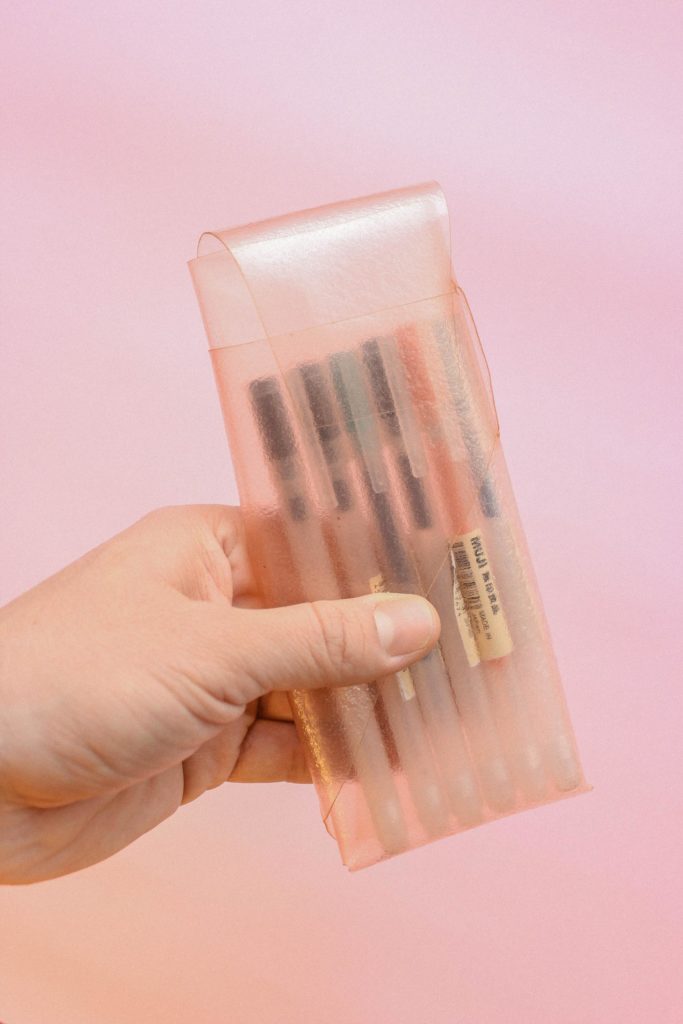
Although primarily used in the food and beverage industry, the intent is to expand its reach to become a valid plastic alternative across industries.
Now that we’ve seen the many sustainable packaging options available let’s look at the benefits they offer your brand.
Benefits of Sustainable Packaging
Marketing Value
From a marketing standpoint, sustainable packaging helps you achieve a lot.
It goes a long way in building your brand narrative and crafting a truly authentic connection with your customers.
When done well, sustainable packaging shows that you know your audience and share the same values.
It’s a form of brand differentiation that can go a long way in giving you a competitive edge.
As an example, H&M has tried to become more sustainable overall, and their packaging was one of the first ways they showed customers that commitment.
Packaging is the first tangible connection that someone has with your brand, so it makes sense to start a sustainability measure by addressing packaging and shopping first.
H&M turned their shopping bag into a reusable hanger, which not only used less material but was made from 80% recycled cardboard.
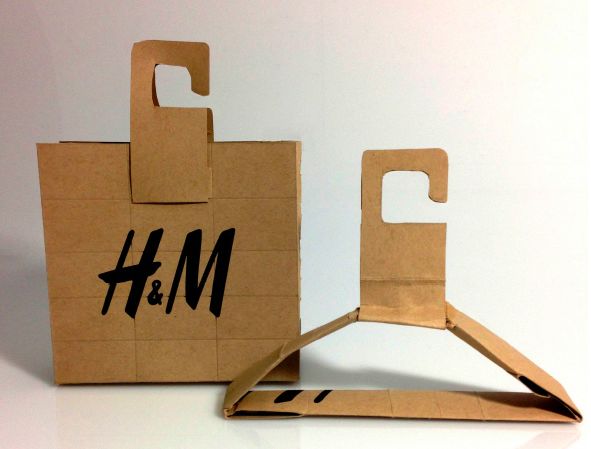
It was an ingenious way to show how packaging can be reusable and sustainable without compromising the customer experience.
Design and material optimization
Is your packaging design truly the best it can be?
Once you put it through the sustainability test, you’ll find that there are many ways you can optimize your sustainable packaging to create less waste and save on costs overall.
Structural engineering allows for double usage, as evidenced by the H&M example above.
It also allows you to evaluate the materials used to see if more cost-effective options could also be more sustainable.
For example, value engineering has shown that more money is saved by using less packaging.
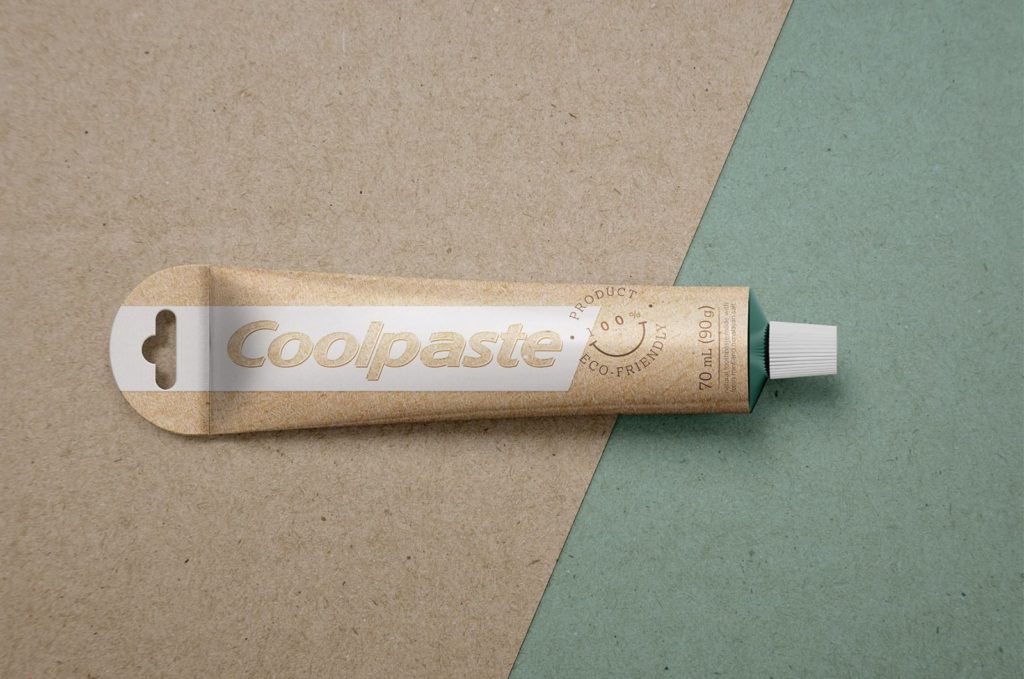
Startup Railo optimized their packaging by using fewer materials and becoming a bit more sustainable in that respect through cost and material optimization.
Doing so also leads to consolidated storage, thereby making it more efficient for your business overall.
If packaging materials are reduced, and there is less waste, you will not need as much space to store your product, allowing you to save a bit on cost and/or create and store more products.
Reducing Negative Impacts
Overall, sustainable packaging leads to a reduced negative impact on your business, the planet, and the consumers.
You’ll likely see lowered shipping costs on the business side if you can create sustainable, lightweight packaging to replace some of your bulkier and heavier items.
Your business will reduce its carbon footprint through this, and this will extend to your shipping processes since fewer resources will be needed to ship your package.
It’s a circular effort that does make a difference.
From the consumer side, sustainable packaging materials speaks a lot about the value of your brand and your product, and that can resonate with customers.
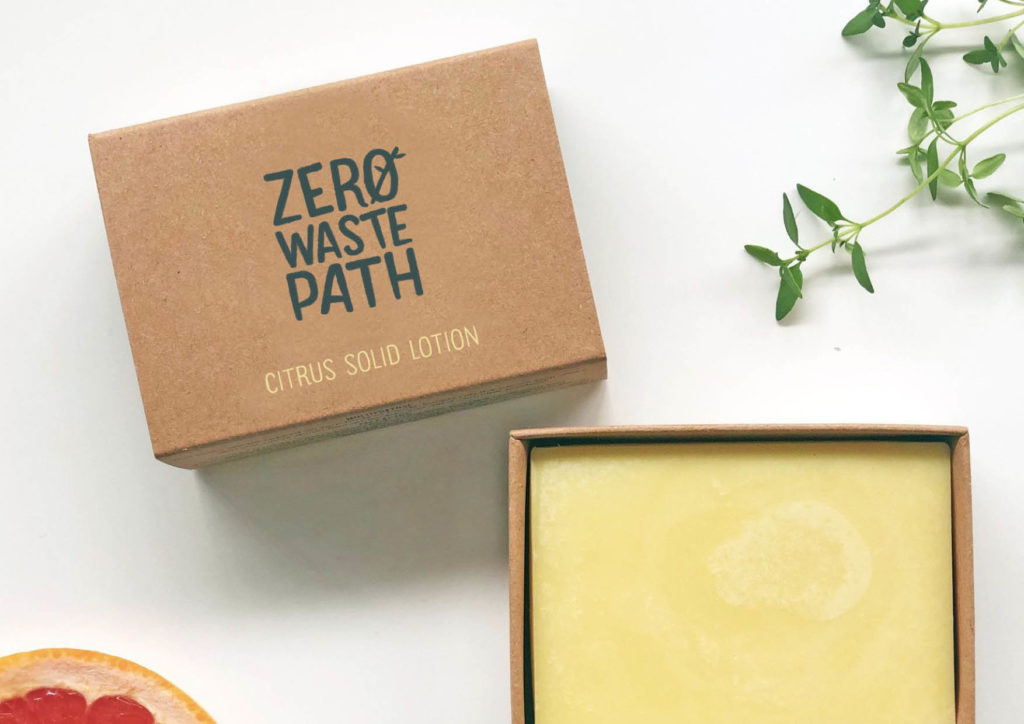
It gives your business a mission, and it makes it easier for customers to form a connection and see themselves as part of a movement rather than just a consumer.
Ultimately, there is a lot to be excited about when it comes to sustainable packaging.
When it comes to materials and options, it’s clear that the future of sustainable packaging materials is very bright, and we’ll continue to see more remarkable developments.
If you’re looking for a simple yet powerful way to make a difference and create a brand rooted in principles and values, sustainable packaging is one of the best ways to do this.
It might seem like a small thing on the surface, but using sustainable packaging materials such as sustainable boxes make a huge difference in how customers see you.
Do good for the planet, and customers will not only acknowledge this quality but go out of their way to seek out your products to be a part of that effort.
It’s a win-win for both you and the planet!






